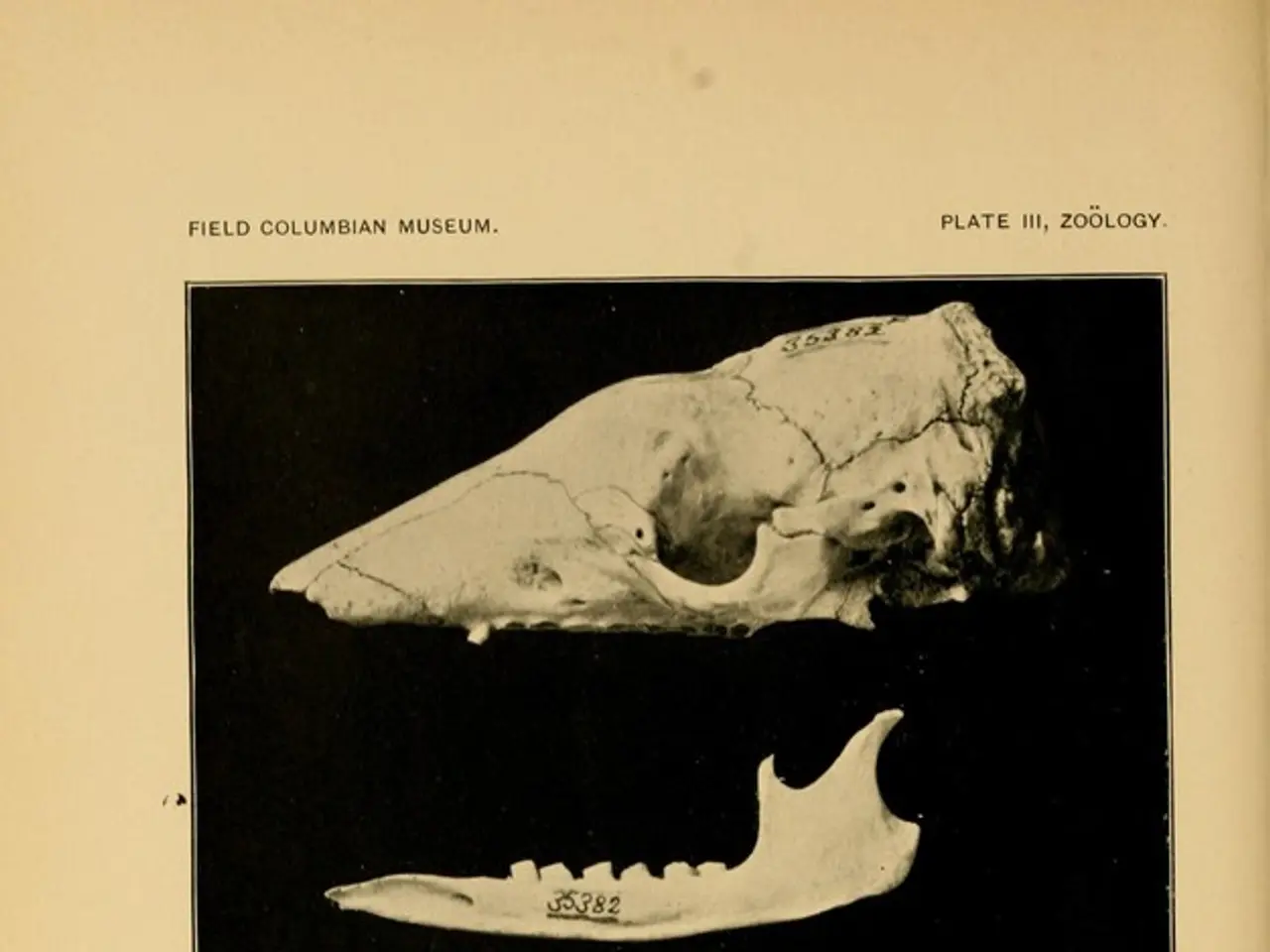Pelvic Fractures: Classifying the Varieties
Pelvic fractures, breaks in one or more of the bones in the pelvis, can vary from mild to severe and require tailored treatment. These fractures account for about 3% of all adult fractures according to the American Academy of Orthopaedic Surgeons (AAOS).
Types of Pelvic Fractures
Common types of pelvic fractures are generally classified as stable or unstable. Stable fractures involve only one break in the pelvic ring with bone ends aligned, typically from low-impact trauma often seen in older adults with weaker bones (e.g., from falls or osteoporosis). On the other hand, unstable fractures include multiple breaks with misalignment of bone ends, usually from high-impact trauma such as car accidents.
Causes
Pelvic fractures can occur due to various reasons. Low-impact trauma (falls) often in the elderly with osteoporosis is a common cause. High-impact trauma (motor vehicle collisions, falls from heights) causing complex, unstable fractures is another. In childbirth, pelvic fractures can occur due to birth trauma, often requiring surgical intervention.
Treatment
Treatment depends on fracture stability and severity. Stable fractures may be treated conservatively with pelvic binders, bed rest, pain management, and physical therapy. Unstable fractures often require urgent medical intervention to control bleeding and surgery, including internal or external fixation devices.
Recovery Process
The recovery period for pelvic fractures can range from 2 to 6 months or longer, impacted by fracture severity and patient factors like age and bone health. Physical therapy plays a crucial role in restoring mobility and pelvic floor function. Some patients return to work in about six months, depending on weight-bearing capacity and symptom resolution.
Chronic complications can include pelvic floor dysfunction, persistent pain, nerve damage, and mobility issues, potentially requiring ongoing management. Medical expenses and rehabilitation needs vary widely based on the complexity of the fracture and treatment course.
Avulsion Fractures
A piece of the pelvic bone may detach from the point of a tendon or ligament and cause an avulsion fracture. These are often seen in young, active individuals and can be caused by high-energy activities such as sports.
Stress Fractures
Stress fractures are tiny cracks in the pelvic bone caused by repetitive forces from overuse or everyday use of bones affected by osteoporosis. Pelvic stress fractures can develop from continuously running long distances or repeatedly jumping up and down.
In summary, pelvic fractures vary from stable to unstable, caused by low or high trauma, and require tailored treatment from conservative management to surgical fixation, with recovery often involving months of rehabilitation and potential long-term complications. The close proximity of pelvic fractures to vital blood vessels and organs makes prompt and appropriate treatment critical.
Science plays a vital role in understanding and treating pelvic fractures, a type of injury that can arise from various medical-conditions like falls in the elderly with osteoporosis, high-impact traumas such as car accidents, or birth trauma in childbirth. These fractures, which account for about 3% of all adult fractures, can be classified as stable or unstable, with treatment approaches ranging from pelvic binders and physical therapy for mild cases to urgent surgical intervention for complex, unstable fractures.
Recovery from pelvic fractures can be challenging, particularly for unstable fractures, and may involve chronic-diseases like pelvic floor dysfunction, persistent pain, nerve damage, and mobility issues. Mental-health support, a part of overall health-and-wellness, is essential during the recovery process.
Fitness-and-exercise activities, if not managed carefully, can also lead to certain types of pelvic fractures. For instance, avulsion fractures occur when a piece of the pelvic bone detaches due to the high forces in young, active individuals involved in sports, while stress fractures can develop from repetitive forces in overuse activities like running long distances or jumping up and down.
Therefore, understanding the risks associated with fitness-and-exercise and incorporating mental-health care into the recovery process can contribute to the overall health-and-wellness of individuals dealing with pelvic fractures.




